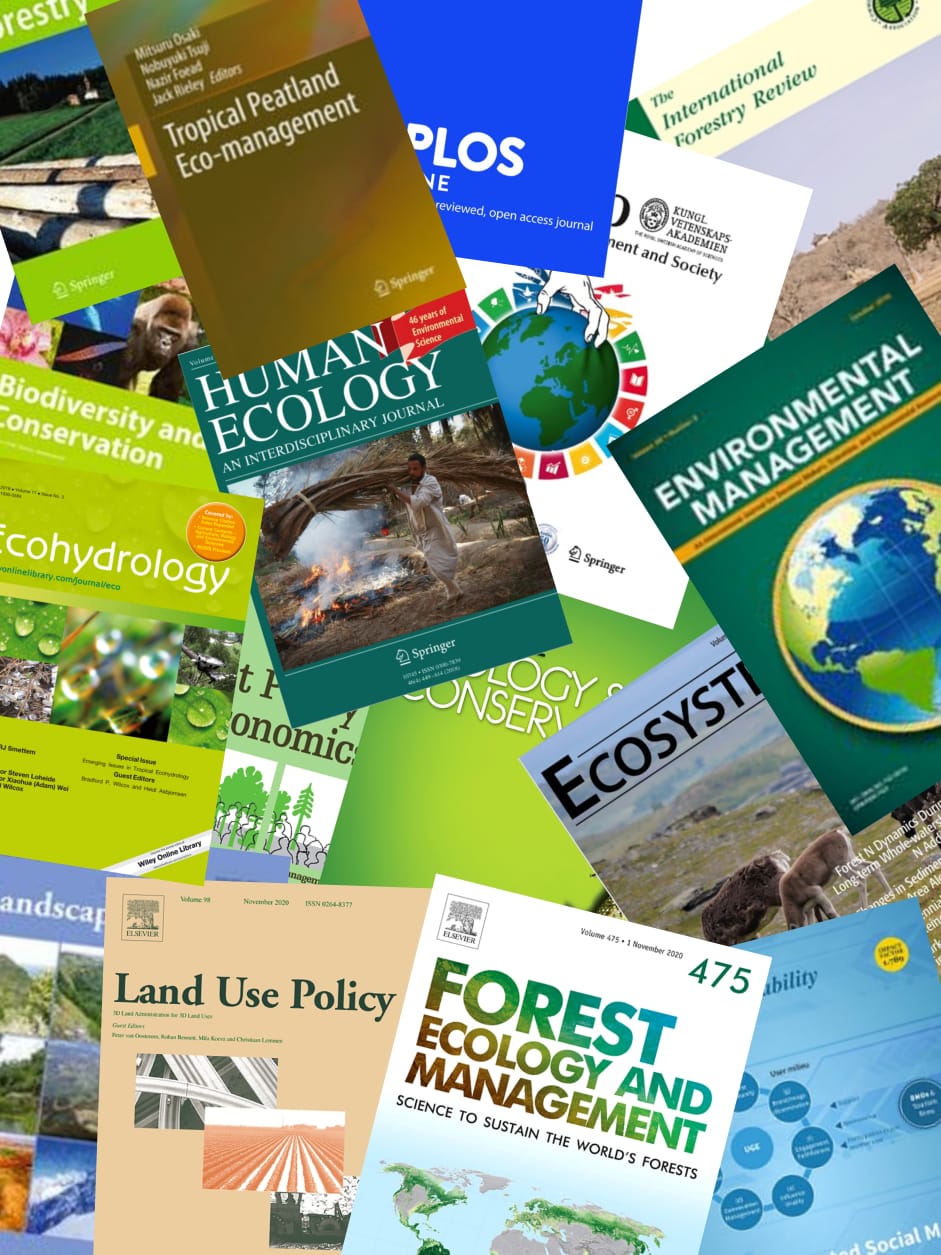Indonesia's forest fires and peatlands became a global concern in 2015, when 33% of the 2.6 million hectares of land that burned that year occurred on peatlands. One of the current strategies to control the spread of forest fires is to restore 2.4 million hectares of the peatland which had burned in 2015, by 2020. Although it has been more than half of the period of the program, the idea of restoring the peatlands to control the spread of fires have increased by over 60%, compared to the same period last year. Since the implementation of peat restoration policy in Indonesia over three years ago, there is still no example of a successfully restored peat area. However, the peat restoration program includes a minimum three Components of restoration: 1) Ecology, 2) Economy, and 3) Society [1], which often remain unbalanced. This research aims to review the environmental policy program of restoring 2.4 million hectare peatlands which was established at the beginning of 2016. The research will conduct a geographic analysis on the program implementation in Indonesia, also comparing this with sustainable environmental theories and successful restoration projects in the world wide wetlands. © The Authors, published by EDP Sciences, 2018.
View source

